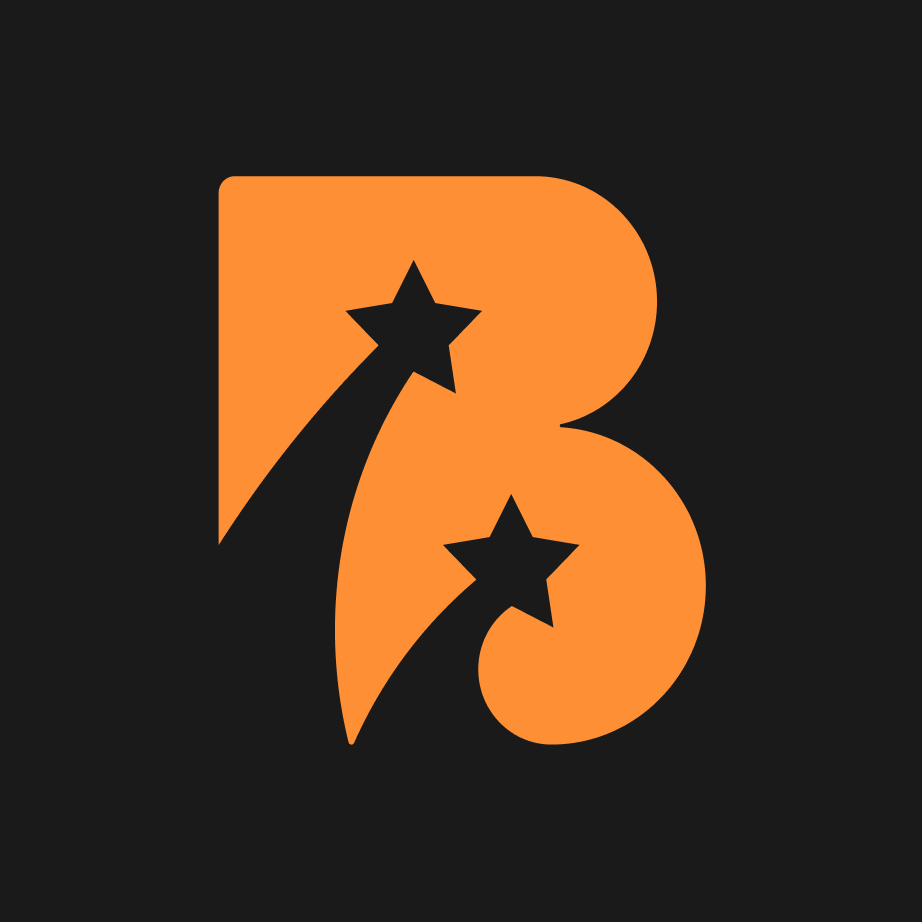
POLIS
项目开始时间

2021年9月2日
关于
1. Background IntroductionStar Atlas is a next-generation blockchain-based metaverse game that combines space exploration, strategy, and decentralized finance (DeFi). Built on the Solana blockchain, it aims to create a virtual universe where players can own, trade, and monetize in-game assets as NFTs. The project was launched in 2021 and has gained significant attention due to its high-quality graphics and ambitious vision of a player-driven economy.2. Core Website ContentThe website showcases Star Atlas as a AAA-quality game with several key sections: a detailed game overview, roadmap, team information, and marketplace for NFTs. It emphasizes three core pillars: exploration, combat, and governance. The site also features a staking platform, a ship showroom, and integration with decentralized exchanges for its native tokens (ATLAS and POLIS).3. Technical FeaturesStar Atlas utilizes Unreal Engine 5 for stunning visuals, combined with Solana's high-speed blockchain for transactions. Key technical aspects include: NFT-based asset ownership, smart contract governance, cross-chain compatibility, and a dual-token economy. The project also implements a unique Proof-of-Stake mechanism for in-game governance and rewards.4. Token EconomyThe ecosystem uses two tokens: ATLAS (utility token for transactions and gameplay) and POLIS (governance token). ATLAS has an inflationary model with decreasing emission rates, while POLIS has a fixed supply. The website details token distribution: 45% for gameplay rewards, 20% team, 15% treasury, 10% private sale, 5% public sale, and 5% liquidity. Staking mechanisms and yield farming opportunities are prominently featured.5. Similar Competitor ComparisonCompared to similar projects like Star Citizen (centralized) or Decentraland (blockchain-based but simpler graphics), Star Atlas stands out with its combination of blockchain technology and AAA-quality visuals. Unlike Axie Infinity which focuses on creature battles, Star Atlas offers complex space simulation. However, it faces competition from other blockchain space games like Ember Sword and Illuvium in terms of player adoption.6. Risks and ChallengesMajor challenges include: the complexity of delivering a AAA game on blockchain, potential regulatory scrutiny of its token model, competition from traditional game studios entering Web3, and maintaining player engagement during development phases. The reliance on Solana's ecosystem also presents technical risks if network issues arise.7. Industry FutureStar Atlas positions itself at the intersection of two growing trends: blockchain gaming and the metaverse. As the play-to-earn model evolves into play-and-earn, projects with strong visuals and sustainable economies like Star Atlas could lead the next wave of adoption. The website suggests plans for VR integration and expanded DeFi features, aligning with broader industry directions toward immersive experiences and financialization of game assets.8. SummaryStar Atlas represents an ambitious attempt to merge high-end gaming with blockchain technology. Its website effectively communicates a vision of a player-owned universe with impressive technical specs and economic design. While the project shows promise in bridging traditional gamers to Web3, its success will depend on execution, community building, and navigating the volatile crypto gaming landscape. The dual-token model and Solana integration provide interesting differentiation, but development timelines and market conditions remain critical factors. 更多>

































 看多
看多
 看空
看空